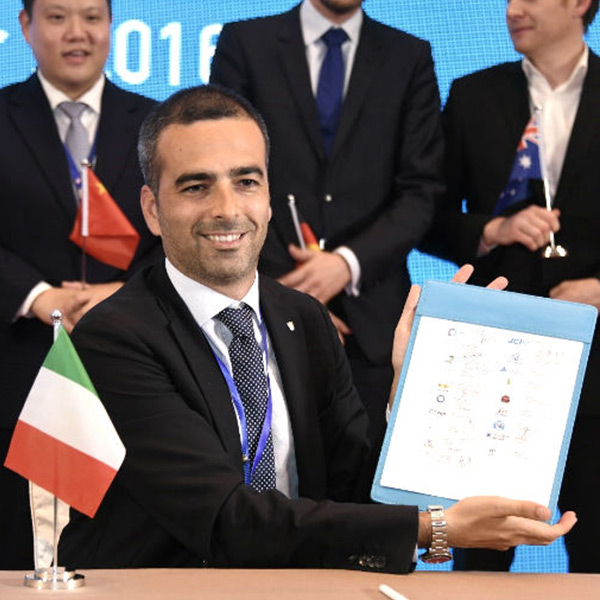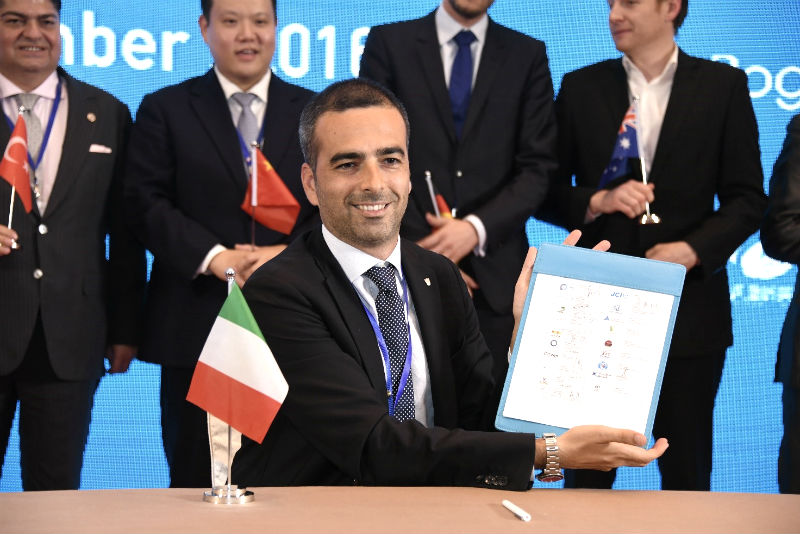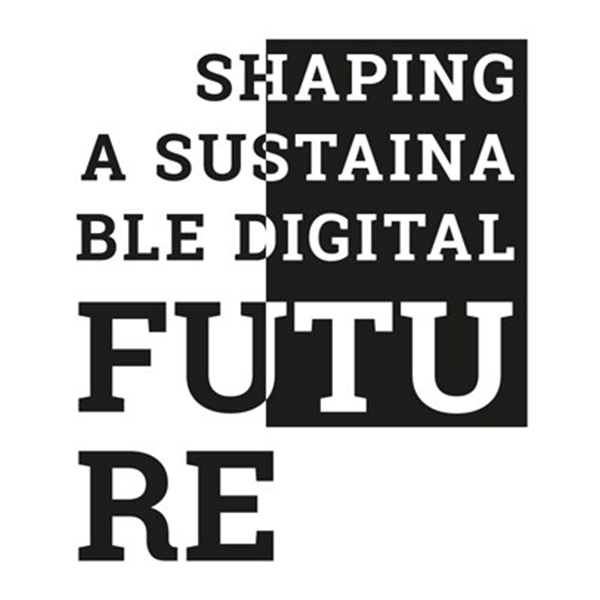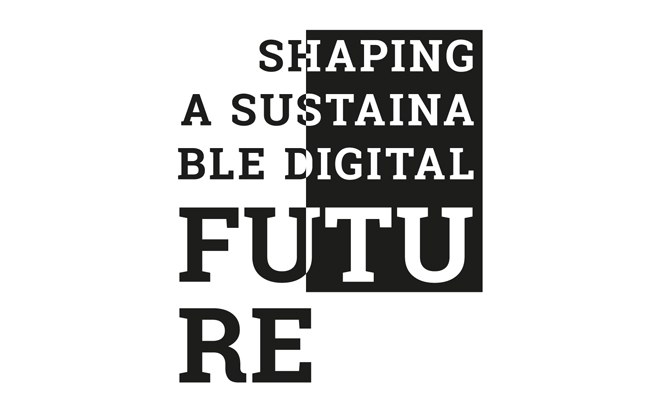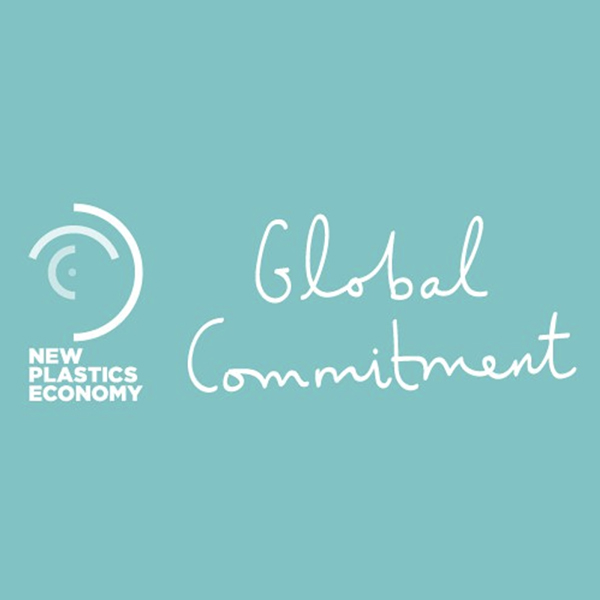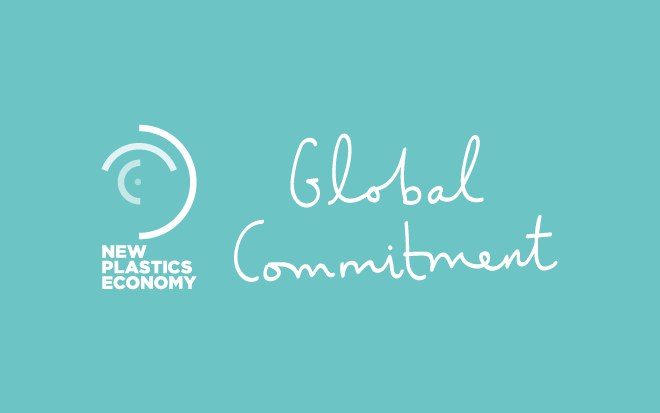
Do you have a brilliant business idea? Are you thinking of launching your own startup? If so, then keep reading and enjoy the tips Antonio Ghezzi, Professor of Strategy & Startups, has shared with us!
Startups and entrepreneurship are hot topics. Thus, when we heard of the latest article by Prof. Ghezzi – “Agile Business Model Innovation in Digital Entrepreneurship: Lean Startup Approaches” – we jumped at the opportunity to ask him for an interview.
Expressions like “agile business model” or “lean startup” may intimidate you, but Prof. Ghezzi’s explanation will make everything clearer.
What is the “lean startup approach”?
In the aftermath of WWII, companies needed to make the production process leaner and to cut waste. The answer was the “Toyota System”, the prelude to modern lean manufacturing.
Later, authors like Steve Blank and Eric Ries introduced the same “waste-reducing” idea to startups. They theorised that startups – traditionally short of money – could not afford to spend resources on something clients did not require.
Does this mean that innovation should originate only from customers’ demands?
Henry Ford used to say, “If I had asked people what they wanted, they would have said faster horses.”
Actually, the lean approach does not totally transfer the innovation process to customers: it is still up to the entrepreneur to conceive brilliant ideas.
Yet, entrepreneurs often make a mistake. They see customers – those the product is made for – as “enemies”, since they are the final judges of the product’s success, and they may even reject it. Thus, in the attempt to make the product “perfect”, they invest a large amount of money upfront and delay the launch on the market. But there is an inner fallacy in this notion of perfection: through heavy investments, the product or service will become perfect only from the entrepreneur’s perspective, but not necessarily from the customer’s.
The lean approach tries to reverse the situation, inviting entrepreneurs to ask for customers’ opinions as soon as possible, in order not to waste resources on something the public may dislike.
The lean approach suggests that the business model – i.e. how the company creates value, delivers it and captures it – is validated by the market at each step. Traditionally, startups are very good at creating value, but they have problems in monetising it. The lean startup approach helps entrepreneurs to overcome this difficulty.
How does the validation process work?
Entrepreneurs have to translate their business idea into a series of falsifiable assumptions, about the services they want to sell, to whom, about marketing decisions, partnerships, etc.
Then they have to test them. How? By designing a Minimum Viable Product. Through the MVP – a basic sample of the product – entrepreneurs can collect customers’ feedback without investing too much money.
Dropbox’s MVP, for example, was a video. There was no code at all! It simply showed how to create folders and how to share them… It was played hundreds of thousands of times and it made the beta waiting list jump from a few thousands of “tech nerds” to over 75,000 people overnight.
This is the difference between the lean startup approach and marketing research: the first is about what people do, the latter about what people say.
Another great example is Zappos, the online retailer. A few years ago, Nick Swinmurn – Zappos’ founder – thought of selling shoes online. However, would people buy them? At that time, the answer to this question was not all that predictable and testing was needed.
He therefore tried to replicate customers’ natural behaviour through a “fake” e-commerce website. It showed pictures and prices of shoes, inviting customers to buy them online. When people hit the “buy” button, nothing happened.
Nonetheless, this helped Zappos’ founder to collect important data: out of all the traffic generated on site, a given percentage of customers tried to buy shoes on his website. He got a metric – the conversion rate – that he could use to make real-world forecasts.
Testing is very important because it helps entrepreneurs to understand whether they have found the Product/Market Fit – a product meeting the needs of the market. Otherwise, it would be better to make the idea perish as a whole or slightly change it in order to meet customers’ feedback. This shift – called “Pivoting “– happens all the time.
Thanks to the lean startup approach, entrepreneurs can reduce the amount of time and money spent in validating a business model and speed up the achievement of the Product/Market Fit.
Thank you Prof. Ghezzi for this exciting lesson. Before saying goodbye, we have one more question. Can we apply the “lean startup approach” to any sector and company size?
This process works well in the digital context as it’s easier to create MVPs for digital products. Still, it can also be applied in others sectors, provided that minimum is not that minimum and you’re eager to raise the bar. In the end, it can be considered a cross-industry approach that even large companies or institutions are adopting within a strategic renewal and corporate entrepreneurship framework. Just consider that, in the US, it is even applied to the Defence Sector!

